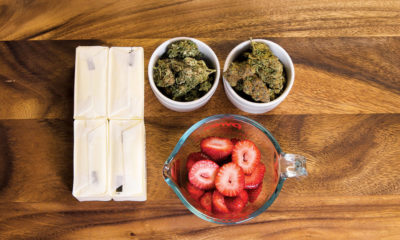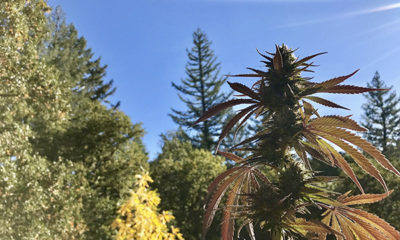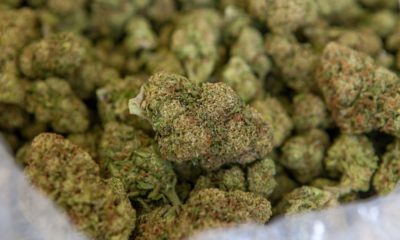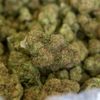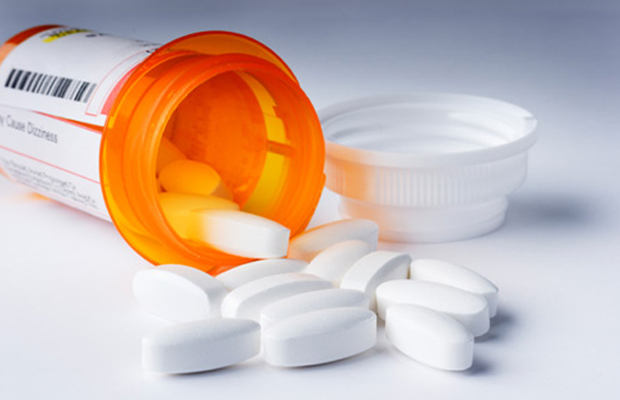
Joint Opinions
DEA Reclassifies Hydrocodone While Cannabis Remains Schedule I
No one dies of marijuana overdose. At least, no one did in 2010, according to statistics from the Center for Disease Control. Comparatively, 16,671 people died from overdosing on opiate analgesics in 2010. In fact, the number of deaths from these drugs has tripled since 1990. Given these very stark facts, it’s surprising that opioids have remained the medical industry’s go-to treatment for pain, while opposition to medical marijuana still persists.
The use of these drugs such as hydrocodone, morphine and methadone has risen dramatically even as the rate of overdoses has risen and illegal abuse persists. The well-known drug Vicodin is the original brand name for a combination of oxycodone and acetaminophen. According to one study, the rise in use of these drugs has almost doubled over the past 10 years. In 2010, for instance, pharmacies dispensed a total of 69 tons of pure oxycodone – astonishingly, enough to give everyone in America 40 5-mg Percocets.
This might seem totally unsurprising to patients who sometimes receive large prescriptions of 30 or more pills for what might actually be minor amounts of pain. It’s not uncommon to hear anecdotes from drug users about hoarding leftover prescription Vicodin for later recreational use. It’s strange to think that the pharmaceutical industry unwittingly supplies drugs for patients to recreationally abuse – patients who wouldn’t otherwise seek the drug out. Illegal distribution systems for prescription drugs persist. In major metropolitan areas such as New York City there have been recent widely publicized busts of so-called “pill mills” – unscrupulous medical clinics that essentially function as drug suppliers for the illegal drug trade.
Unfortunately, none of the regulations surrounding these drugs have done anything to prevent an epidemic of prescription drug abuse – although recent regulations coming from the DEA could change that. The federal government announced just last week that the rules for hydrocodone prescriptions have been significantly tightened. Hydrocodone-based drugs will now be a Schedule II drug (along with drugs like cocaine and powdered opium) rather than a Schedule III drug which they have been since the passing of the Controlled Substances Act.
These new rules, which have yet to go into effect, will mean that patients will no longer be able to have their prescriptions phoned in or get refills from the same prescriptions. Pharmacies will be required to keep the drug in special vaults. Some, however, object to these new rules, which they argue will just make it harder for people who need the drugs to get them. Patients with chronic pain, for instance, are also likely to have conditions that make it difficult for them to get to the doctor.
There is, however, another way to reduce reliance on these drugs while increasing their efficacy: medical marijuana. Researchers have long known that prescribing medical marijuana can help doctors lessen the dosage of prescribed painkillers for their patients. Treating pain with this combination isn’t only safer but also more effective. Patients treated with medical marijuana report experiencing less pain even while having a lower amount of opioids in their bloodstream. It begs to question: if a new pharmaceutical product (without the cultural baggage of marijuana) from Pfizer or Merck achieved a similar level of efficacy, would anyone oppose it?
Given all of this information, it’s hardly surprising that medical marijuana would seem to be reducing the number of overdoses from painkillers. It’s a bit surprising that it reduced overdoses by as much as 25 percent. According to an article on ABCNews.com, researchers expected to find a difference but not one this large. Let’s put it this way: medical marijuana not only helps people with chronic pain, it also saves their lives. It’s important to note that the frequency of opiate overdoses also climbed in states with medical marijuana laws, but did so much slower than in states that did not allow medical marijuana.
It seems likely that this research could help pave the way for a larger role for medical marijuana. This evidence could help provide strong arguments for advocates of legalization in states without medical marijuana laws. It could also help persuade another constituency that remains surprisingly resistant its use like doctors in states where it has been legalized. Despite its legalization, a stigma against its prescription persists among doctors. In Colorado, a surprising 46 percent of family doctors were opposed to its prescription. Given the efficacy and relative safety of marijuana and the continuing rise in opiate overdoses, it seems that this attitude might come to be seen as not just reactionary, but also dangerously foolish.
Do you think cannabis should still be considered a schedule I substance? Tell us what you think below.





